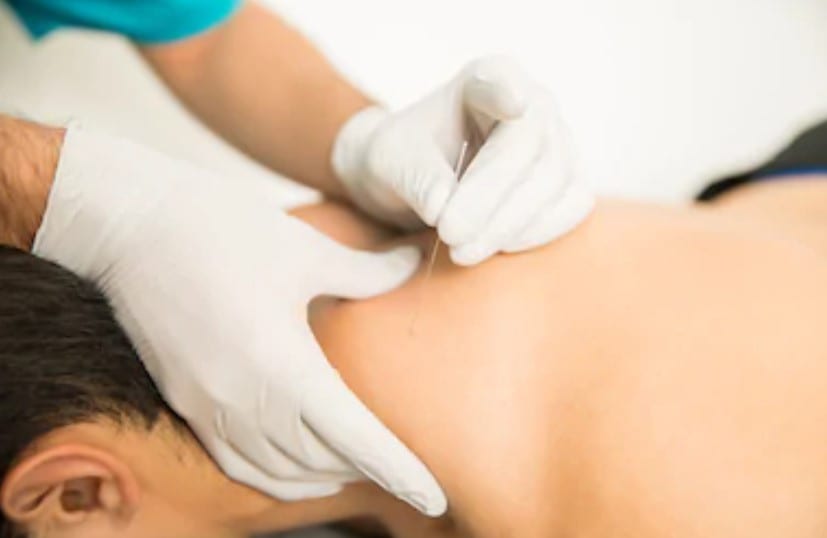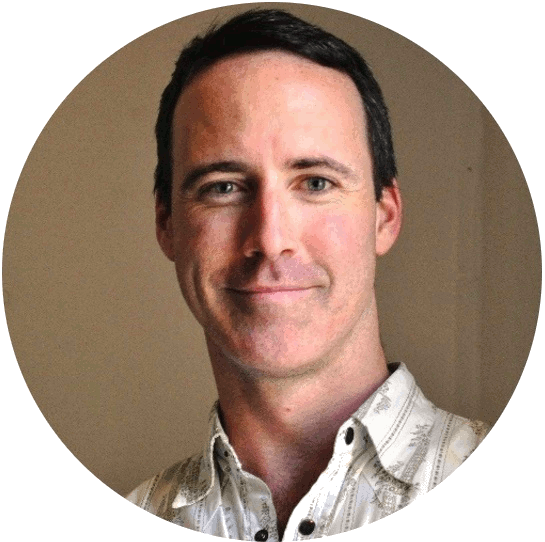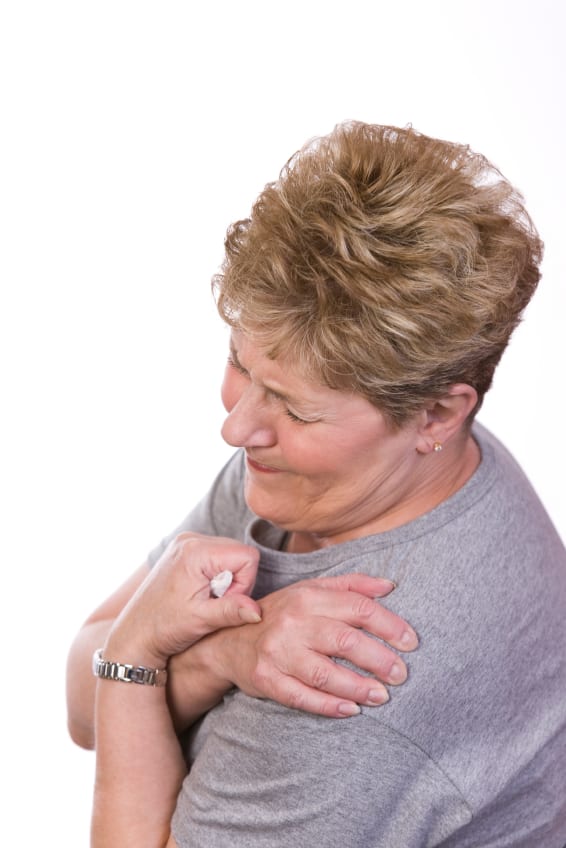Why Myotherapy Is About To End Remedial Massage

First, a declaration of conflict of interest. 🙂 I am a current student of the Bachelor of Health Science (‘BHSc’) Myotherapy and am due to complete my studies at the end of 2021. What follows is essentially the course of thinking that drew me to the conclusion to upskill from my current qualification, the Diploma of Remedial Massage.
Why myotherapy is better than remedial massage
The king is dead; long live the king.
Myotherapy is getting set to take the throne in the land of musculoskeletal therapy. In the hands-on treatment of muscles, joints, and ligaments, myotherapy is even a solid competitor with physiotherapy.
Remedial Massage has been diluted with various hands-off or relaxation modalities like Reiki and hot stones that have dubious effects. The Diploma qualification itself has been diluted by dodgy schools and their profit-driven, factory-line, mass production of students.
And incredibly, only about 5% of graduates of the Diploma of Remedial Massage qualification are still working as massage therapists after three years.
For the Bachelor of Health Science in Myotherapy, the numbers are still low – about 15% – but that’s still 3 times more than for remedial massage.
Within the Australian Qualifications Framework, remedial massage and the AdvDip. myotherapy are listed as “complementary therapy.”[mfn]https://training.gov.au/Training/Details/22316VIC[/mfn] The BHSc Myotherapy (also known as the Bachelor of Health Science in Musculoskeletal Therapy – but that’s way too many syllables) is listed as a “rehabilitation therapy.”[mfn]https://cricos.education.gov.au/Course/CourseDetails.aspx?CourseId=89453[/mfn]
So what’s the problem with remedial massage?
In principle, nothing. Like any tool, what matters is not so much the modality; what matters is the knowledge and attitude of the person who wields it.
But let’s be honest: any really good therapist will want to become a better therapist than they are today. That means such a therapist will want to study towards the Bachelor of Health Science, not just the one-year Diploma of Remedial Massage[mfn]https://www.myskills.gov.au/courses/details?Code=HLT52015[/mfn] or even the two-year Advanced Diploma of Clinical Myotherapy.[mfn]https://www.myskills.gov.au/courses/details?Code=22316VIC[/mfn] The three-year BHSc Myo[mfn]https://www.endeavour.edu.au/courses/bachelor-health-science-myotherapy/[/mfn] [mfn]https://www.ssnt.edu.au/courses/bachelor-of-health-science-clinical-myotherapy-information-set[/mfn] is where it’s at.
In my experience, the vast majority of students coming out of the Diploma programs promptly forget half of the technical, anatomy, and assessment knowledge that they learned as soon as they set foot out of college. This is not a criticism of the students, it’s just the simple result of an educational system that favours cramming as a strategy for study. It happened to me when I left college and every therapist with whom I’ve discussed it has said the same.
The difference between a massage and a targeted treatment
A one-year Diploma is just not long enough to get a working understanding of human health. A remedial therapist will give you a cracking deep tissue massage, don’t get me wrong – but if you have a specific dysfunctional condition, you’re going to play Russian roulette trying to find a remedial therapist with the skills to treat you.
A majority of remedial therapists work part-time. It’s a very flexible occupation and suits people with the need for independence and flexibility in their workweek. However, the result of that is there are many remedial therapists for whom the flexibility is more important than actually being a good therapist. Additionally, upon joining the workforce many new massage therapists suddenly realise the energy requirements of being a busy therapist, and either tire out or injure themselves.
The BHSc Myo shows a greater commitment to providing good therapy. While many ‘myos’ (myotherapists) still work part-time and can also be prone to tiring, a much great proportion are in dedicated full-time practice.
After formal education comes continuing professional education (CPE)
Yearly CPE is a requirement for membership in professional associations such as Massage & Myotherapy Australia, Myotherapy Association Australia, and others. The range of different courses a therapist can take to gain the required CPE is hugely varied. This means that after a few years, an individual therapist may be trained quite differently compared to another.
Junk therapies
There are a great many non-technical and, frankly, fringe providers of CPE teaching whatever brand of junk therapy they like and getting professional therapists to pay them for it. If junk-CPE is all a therapist ever does, and they’ve forgotten the basics after leaving college, then you’ve got yourself a junk therapist.
Be honest about what you do (and don’t do)
I certainly think there is a place for modlities like energy healing, aromatherapy, and other methods. However, I think we need to be honest about what is actually remedial massage, and what is not. In practice, there is a very, very wide variety out there.
I believe the difference is that a remedial massage therapy session involves movement testing and assessment before the treatment, and then follow up testing afterwards to check results. If this testing is not performed, it’s not remedial, it’s something else. And that’s fine. Just call it whatever that something else is. And don’t be ripping off the health insurers by claiming it under remedial massage and ruining the industry’s reputation.
The argument for higher standards post-formal education
I believe graduates and experienced therapists should be held to a greater standard of technical proficiency in anatomy, physiology and assessment on a yearly or two-yearly basis. Do whatever courses, workshops and seminars you please, but make some of them required foundational refreshers. Stay focused on the basics and never forget them.
From there you can add whatever layers and flourishes you so please.
With good assessment, a treatment plan writes itself. Study anatomy, physiology and assessment methods. Stay up to date.
Myotherapy covers all of this.
The best way to learn these things in an educational setting, right now, is by studying the three-year Myotherapy BHSc.
The course covers in-depth organic and cellular chemistry, pre-med level anatomy & physiology, the philosophy of healthcare, university-level research skills, extensive clinical experience, and some very advanced assessment and treatment methods.
Dry needling
Dry needling is also standard for all myotherapy courses. Dry needling is like a Western-tradition of acupuncture (if you’re an acupuncturist, I apologise, I know you don’t like acupuncture being associated with dry needling because it’s a different philosophy – but it’s still the style of needling that people know most about, so it’s the simplest comparison!)
Dry needling focuses on the neurological systems that govern muscle activity & tension. By inserting very thin needles into the tender spots in a muscle, the muscle twitches and re-sets its tension based on nerve feedback loops with your brain. It can be an intense experience, but it is incredibly effective.
Myotherapy also looks closely into the root causes of physical disease and dysfunction, much deeper than the Diploma and Adnvanced Diploma do. Myotherapy is close to being a similar level of education and training to that of physiotherapy.
Myotherapy and Physiotherapy: Two sides of the same coin
I think that myo and physio go together like the proverbial peas and carrots.
Where physio focuses somewhat more on a biomedical structural perspective, while also looking seriously at function and rehabilitation, it relies heavily on exercise as a remedy.
This is the primary difference. Myotherapy relies heavily on the hands-on therapy aspect but has basically the same bio-medical perspective. I see them as being a perfect complement to each other. I’d love to work alongside physiotherapists and combine the best of both approaches for a complete treatment service.
However, since myotherapy is descended from remedial massage, it also takes a more holistic approach than physio and tends to assess your environmental factors in more depth. This is mainly a function of having longer appointments to treat you – physio appointments tend to be around 15–20 minutes, rarely as long as half an hour.
Myo appointments typically start at 45 minutes long and can go to 90, or longer if necessary.
Bridging the gap between holism and science
This extended time allows for a deeper assessment of your situation – emotional state, relationships, occupational habits and structures, and of course plenty of time for hands-on treatment.
Physio benefits from being a part of the mainstream medical system, commonly taking referrals from surgeons and specialist doctors. Being more connected to the medical field, it qualifies for Medicare benefits as well. Myotherapy isn’t quite there yet – but the way things are heading, it might get there soon.
I think that as a healthcare modality, myotherapy has the best chance of bridging the apparent gap between a conventional medical system that tends to lack humanity and soul, and a complementary health system that tends to lack scientific credibility.
Myotherapy has it all:
- Detailed education of anatomy and physiology
- A holistic approach to healthcare
- Advanced assessment methods
- Advanced treatment techniques such as dry needling and TENS
- Biomedical knowledge approaching that of physiotherapists
- Time to get into environmental details
- Longer appointments that physiotherapy
- Ability to prescribe a limited range of clinical supplements
- Ability to prescribe corrective exercises and occupational changes
All hail the king.

